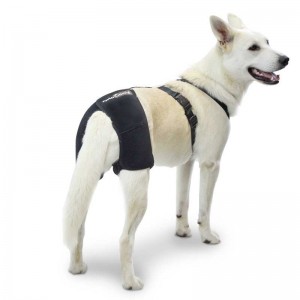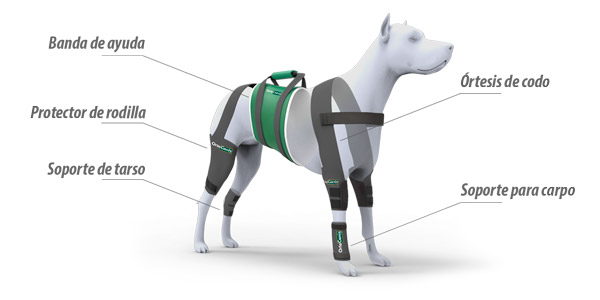It is one of the most used instruments in physiotherapy. It is a device that emits acoustic waves of much higher frequencies than those audible by humans. The frequency used as a therapeutic tool is 1×106 Hertz, i.e. 1 Mega-Hertz (MHz), so they are not audible by any mammal.
Usually in veterinary clinics and hospitals, ultrasound is used for ultrasound scans that use the same type of wave. The difference is power, frequency and application time.
In therapeutics we use frequencies of 1MHz for deep treatments, up to 8 cm and frequencies of 3MHz for more superficial problems. The power ranges between 0.2 and 3 Watts / square centimeter.
Effects on tissues:
The main effect of ultrasound on tissues is anti-inflammatory. We usually use it in tendons, joints or inflamed muscles; it has excellent results in both acute injuries and chronic injuries, although we must adjust the powers.
The analgesic effect is another of the most sought after in rehabilitation, normally when we deflate a structure we manage to reduce the pressure in the nociceptors that are the receptors in the body that send the painful signals, by reducing the pressure in these receptors, we reduce their stimulation and therefore decrease the intensity of the signals they send until they disappear. If there is no sign of pain, there is no perception of it.
 When we have a fibrosis in the different soft tissues: muscles, tendons or ligaments, we can apply continuous and then pulsating ultrasound at maximum power. This way we will find a good defibrosing effect.
When we have a fibrosis in the different soft tissues: muscles, tendons or ligaments, we can apply continuous and then pulsating ultrasound at maximum power. This way we will find a good defibrosing effect.
Another of the classic applications of ultrasound is the application in muscle contractures, with ultrasound we can reduce and even eliminate them.
Continuous ultrasound generates heat by the vibration of the molecules and both the pulsating and the continuous increase the permeability of the membrane, which is what favors together with the mobilization of the molecules the anti-inflammatory effect.
Application:
Ultrasound must be applied by moving the head all the time that the treatment lasts, either making small circles or following the direction of the treated tissues rectilinearly. If we do not do so, especially in continuous mode, we can damage tissues and produce significant burns.
It is necessary to use a means of contact, either contact gel or directly in direct immersion (sub-aquatic ultrasound).
It is also important to take into account the hair of the animal, this hinders the transmission of ultrasound and therefore it is very interesting to be able to shave the dog before applying the ultrasound session
Approximate time between 5 and 15 minutes
Power between 0.2 and 3 Wats/cm2
There are different head measurements depending on the needs.
Directions:
Ultrasounds can be used in any pathology of the dog that occurs with joint or soft tissue pain, such as tendonitis, bursitis, arthritis, bruises or major bruises.
We can also use ultrasound in chronic problems such as hip dysplasia, elbow dysplasia, knee osteoarthritis, or hip osteoarthritis.
All surgical interventions produce an inflammation of the tissues that have been operated, ultrasound is a very good tool to control inflammation and post-surgical problems such as rupture of the cranial cruciate ligament, patella dislocation or others.
Ortocanis technical team

